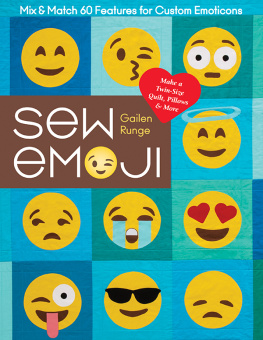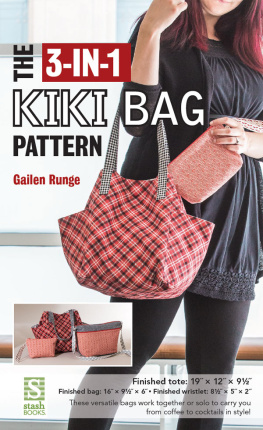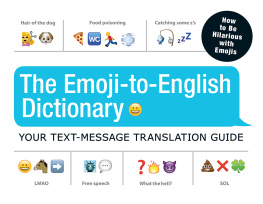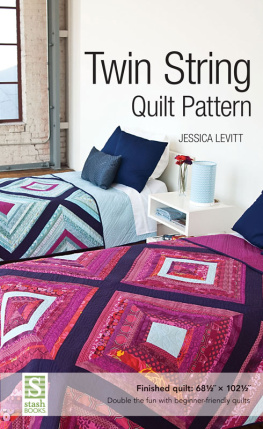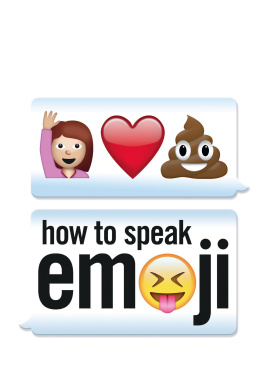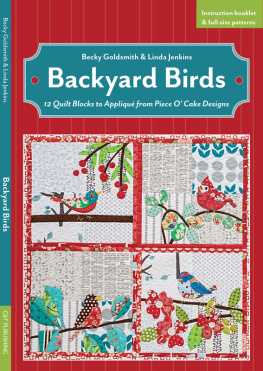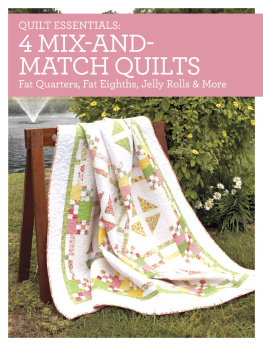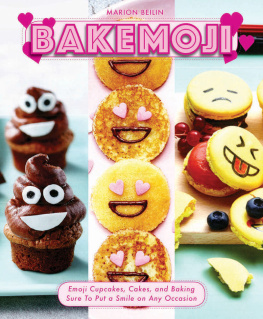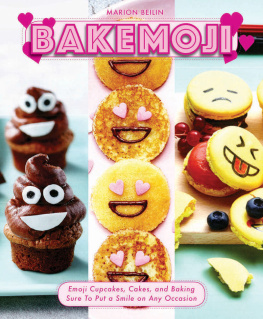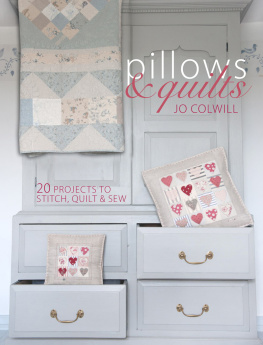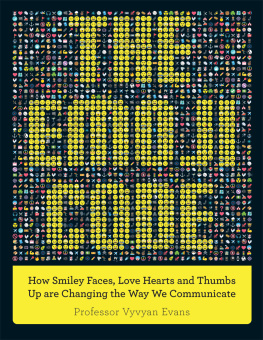PUBLISHER: Amy Marson
CREATIVE DIRECTOR: Gailen Runge
ACQUISITIONS EDITOR: Roxane Cerda
MANAGING/DEVELOPMENTAL EDITOR: Liz Aneloski
TECHNICAL EDITOR: Debbie Rodgers
COVER/BOOK DESIGNER: April Mostek
PRODUCTION COORDINATOR: Zinnia Heinzmann
PRODUCTION EDITOR: Alice Mace Nakanishi
ILLUSTRATOR: Tim Manibusan
PHOTO ASSISTANT: Rachel Holmes
STYLE AND QUILT PHOTOGRAPHY by Kelly Burgoyne and INSTRUCTIONAL PHOTOGRAPHY by Gailen Runge of C&T Publishing, Inc., unless otherwise noted
Published by C&T Publishing, Inc., P.O. Box 1456, Lafayette, CA 94549
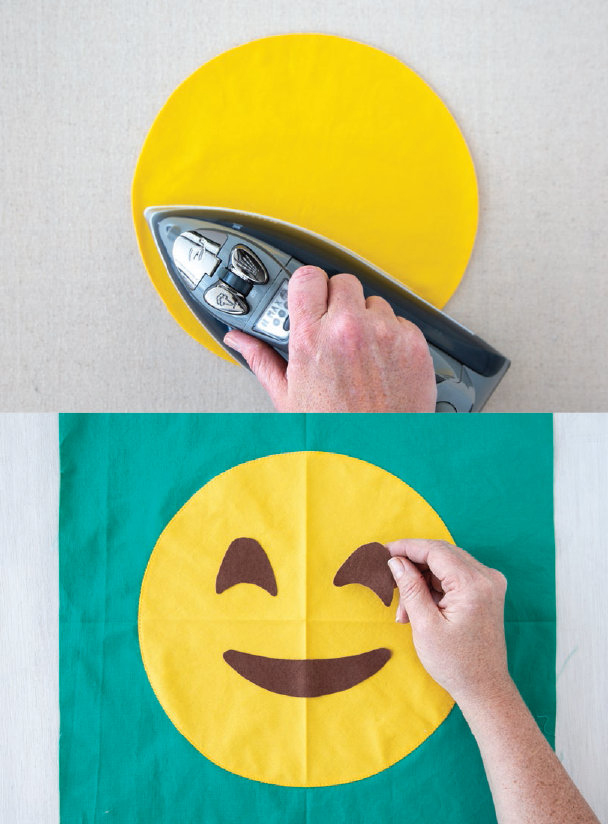
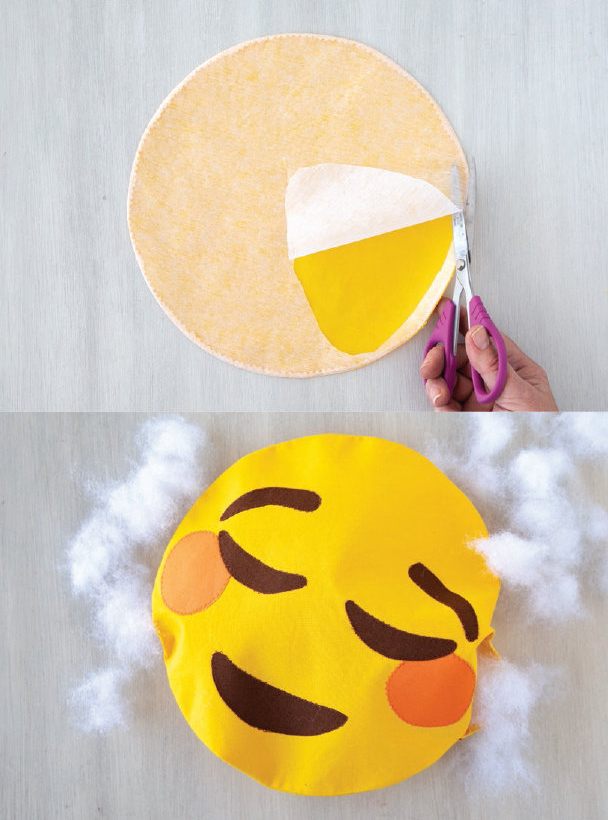
DEDICATION
This book is dedicated to my family for the love and support and weekend hours you let me sew and write. I love you Kennedy, Jake, and Eric.
And to Sue, who is so full of so many good ideas this book being one of them. ;)
ACKNOWLEDGMENTS
Thank you to my C&T Publishing family, with whom I seem to spend more time than my outside-of-work family. Thank you for all the hard work on this book and for the fun every day. Im amazed every day that I get to work in such a magical place with such amazing people.
Thank you to Robert Kaufman Fabrics for the very generous donation of all the solid fabric featured in these projects. Their Kona line is extensive and has a very soft hand.
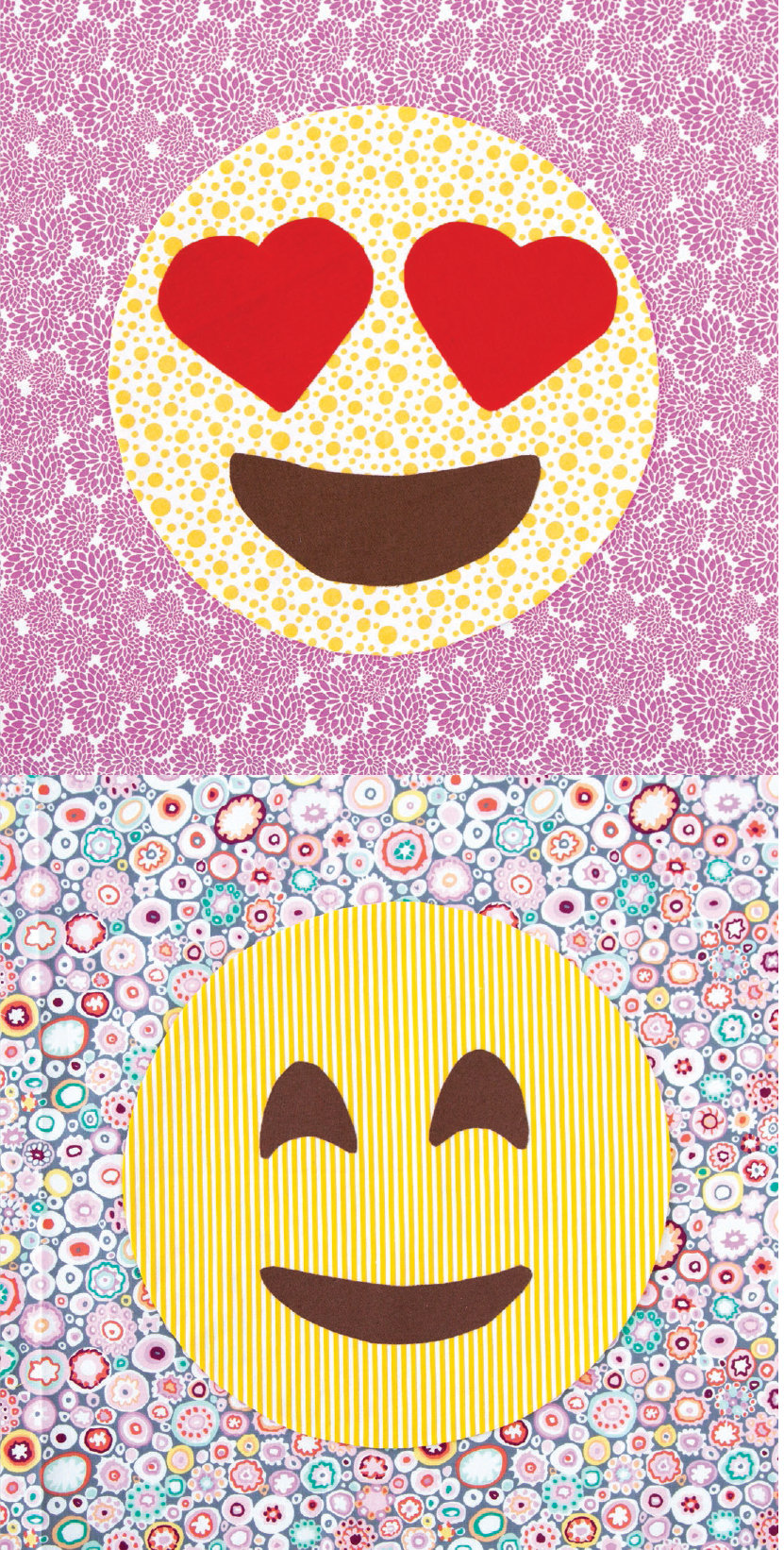


My preteen daughter loves emojis! And while I made this bedroom set for her, I wanted to write the projects in a way that sheor anyone else, whether new to quilting or an experienced sewistcould make it herself.
I found that this is the perfect quilt to try all the little tips and tricks to make quilting a little easier and a little faster. These include fusible appliqu, turned-edge appliqu using interfacing, and straight-line walking foot quilting. Along the way, Ill introduce you to some of my favorite hints (a blind hem foot is the best thing since sliced bread) and tools of the trade (quilter, meet glue). If youre an experienced quilter, you can, of course, use your favorite methods. I also think this quilt is perfect for a quilt-as-you-go technique. Have fun with it!



MATERIALS AND SUPPLIES
FABRIC
I created my emoji projects with solid-colored fabric. I like how that lets the emojis speak for themselves. (Pun intended.) You can use solids, as I did, or mix it up with prints.

COLOR BY NUMBER
Heres a list of the specific Kona Cotton by Robert Kaufman Fabrics I used in these projects.
QUILT AND BOLSTER BLOCK BACKGROUNDS
K001-1282 Peacock
K001-1376 Turquoise
K001-1031 Blue Grass
K001-1009 Azure
K001-494 Malibu
K001-405 Alegria
K001-1061 Candy Green
K001-1183 Jade Green
PILLOWCASE BODY
K001-1282 Peacock
PILLOWCASE CUFF
K001-1376 Turquoise
PILLOWCASE TRIM
K001-1009 Azure
EMOJI FACES
K001-1089 Corn Yellow
EMOJI FEATURES
K001-1237 Mocha
K001-1387 White
K001-1019 Black
K001-7 Tomato
K001-1228 Melon
K001-1011 Bahama Blue
K001-192 Mango
K001-144 Sour Apple
K001-1223 Medium Gray
K001-1083 Coffee
(poo background)

OTHER MATERIALS
SEW-IN INTERFACING
I use Pellon P45 Sew-In Interfacing to help me turn under the edges of my circle appliqu (see Turned-Edge Appliqu Using Interfacing). I find that this is the lightest weight, yet stable, sew-in interfacing I can find. I prefer to use this nonwoven interfacing because it helps hold the face circles very securely, without stretching or distorting, in case I push too hard against the seam when turning. You can also use a knit or woven interfacing and you can try different weights of interfacing and stabilizers to see what turns under for you the best and what gives you the best hand in your projects. Experiment to see whats right for you!
FUSIBLE WEB
I use Lite Steam-A-Seam 2 (by The Warm Company) to fuse the features (see Fusible Appliqu). I find it consistently holds well and releases easily from its paper. There are lighter-weight fusible webs, such as Mistyfuse, and also heavier-weight fusible webs to play with. You can buy it in sheets or on the roll. A lightweight paper-backed fusible web works best for machine appliqu. Choose your favorite fusible web and follow the manufacturers instructions.
BATTING
There are many different battings you can try. When selecting batting, keep your quilting plans in mind. Different battings have different guidelines for how far apart the quilting lines should be. Keep in mind that many battings require stitching to be 8 apart or closer. The faces are 10 wide. If you are not quilting inside the faces, be sure to use a batting that allows quilting lines to be at least 10 apart.
If you are sending the quilt out to a machine quilter, you will need a piece of batting 8 wider and longer than the quilt top (in this case, 78 98). While batting and backing 8 larger than a quilt top is always a safe plan, I find that I dont need that much excess when Im quilting it myself. The Quilters Dream Batting I used is twin size, 72 93. I find this a perfectly acceptable size.
STUFFING
The bolster and throw pillows use stuffing. You can easily use standard pillow stuffing such as polyfill (a washable polyester fiber stuffing that is widely available). There are other fun options to consider. Polyester pellets and beanbag filler can be a lightweight addition. Shredded foam is a good substitute for polyfill but can be a bit lumpy, if the pieces are larger or if some are stiff. Pillow forms work as well. Its hard to find pillow forms of the exact size, but similarly sized square forms work well in round pillows! Think of them as flexibly contained material and not as square pillows. You can even recycle your old stained clothing by cutting it into pieces. (Keep in mind with this one that old T-shirts will be softer than jeans in a pillow and you should wash the clothes before using them as stuffing.)
Check the manufacturers information for washing instructions or limitations for using your chosen stuffing in finished home-decor items.
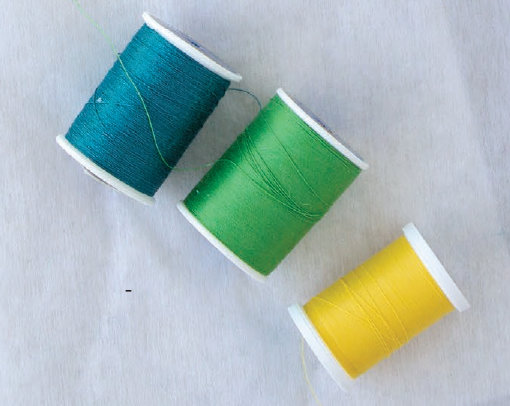
Next page
